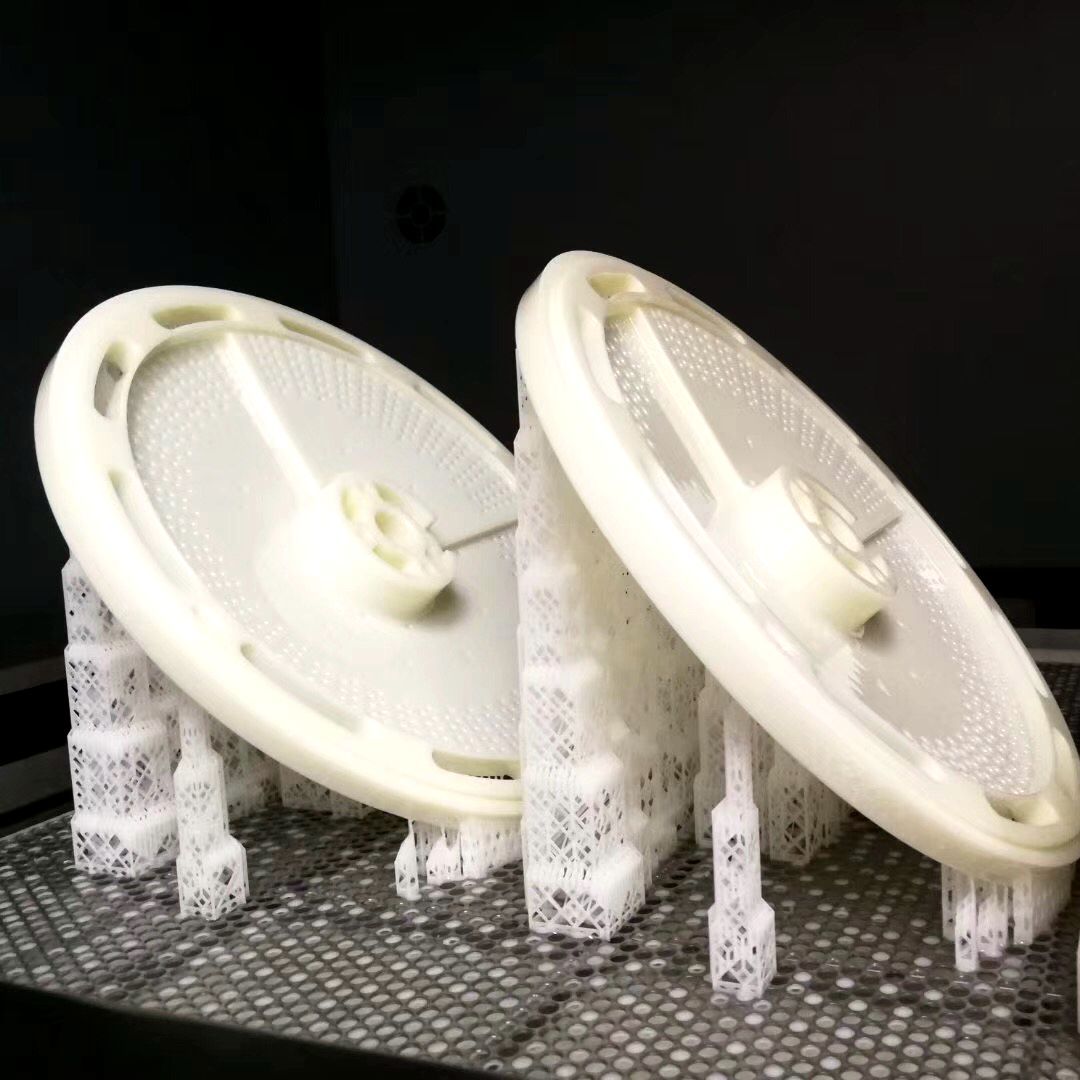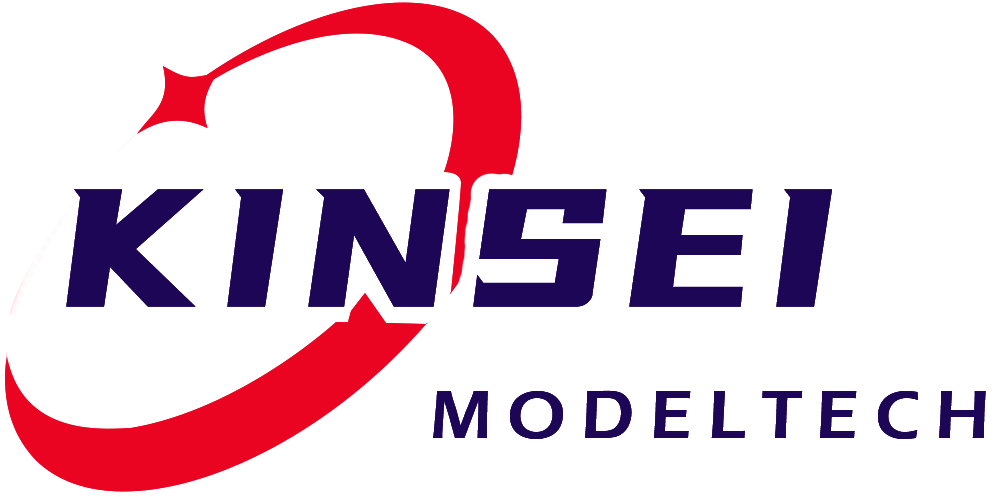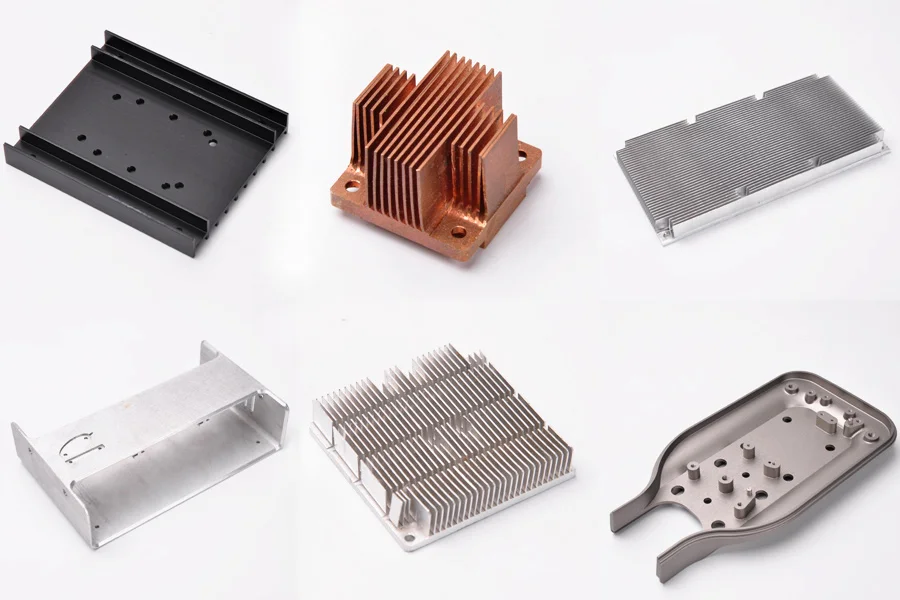Comparison between SLA Prototyping and Traditional Prototyping Methods
In the field of manufacturing and product development, prototyping is a crucial link. There are many differences between SLA prototyping and traditional prototyping methods.
1. Prototyping speed
Traditional prototyping methods, such as hand carving or machining, often take a lot of time. Hand carving relies on the craftsman's skills and experience to shape the prototype bit by bit, and the production speed for complex shapes is extremely slow. Although machining is relatively accurate, the process is complicated, and it requires multiple steps from raw material preparation to final molding, and the cycle is long.
SLA prototyping stands out for its fast prototyping speed. It is based on digital models and quickly builds prototypes by curing photosensitive resin layer by layer. For some relatively complex models, SLA prototyping can be completed in a few hours or even less, greatly shortening the cycle from product design to prototype presentation.

2. Accuracy
Traditional methods have certain limitations in accuracy. It is difficult to achieve extremely high accuracy in manual production, and it is prone to dimensional deviations and irregular shapes. Although machining has high precision, it is difficult to achieve some complex internal structures or fine appearance details.
SLA prototyping can provide very high precision. It can accurately construct complex geometric shapes, tiny details, and internal hollow structures. Through precise laser control, the dimensional accuracy of the prototypes it manufactures can reach the millimeter or even micron level.
3. Cost and flexibility
Traditional prototyping may require multiple tools and a large amount of raw materials, and the modification cost is high once the design changes. For example, if a handmade prototype needs to be modified in a certain part, it may need to be remade.
The cost of SLA prototyping is mainly concentrated on equipment and photosensitive resin materials. It has high flexibility. When the design changes, it only needs to modify the digital model and reprint it, without remaking the entire prototype, which reduces the modification cost.
Overall, SLA prototyping has obvious advantages over traditional prototyping methods in terms of speed, precision and flexibility, but traditional methods still have an irreplaceable role in some specific fields and simple production.
Related news
2025-12-10








 Inquiry Hotline:
Inquiry Hotline:


